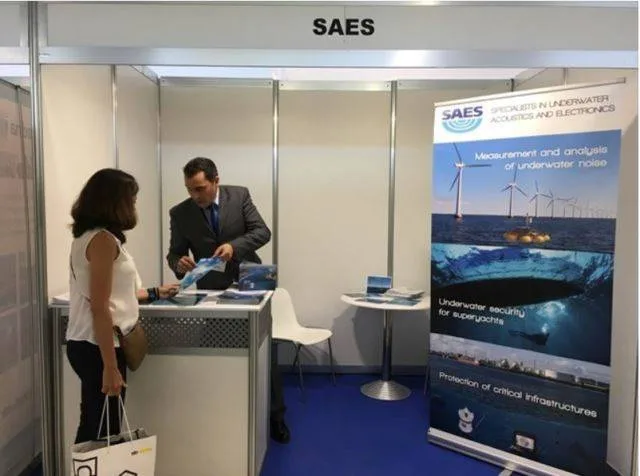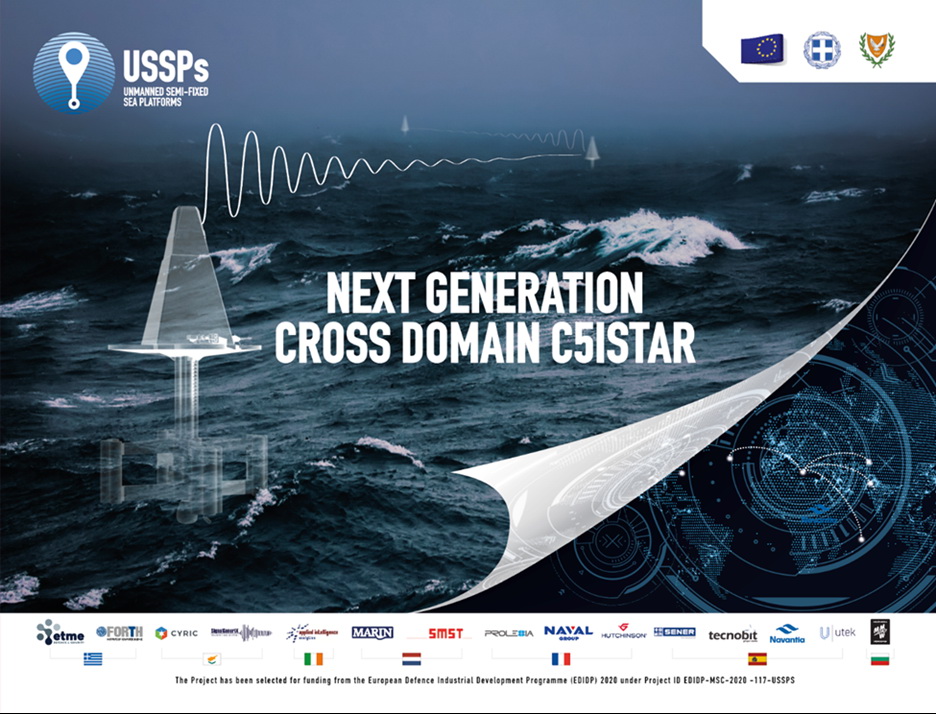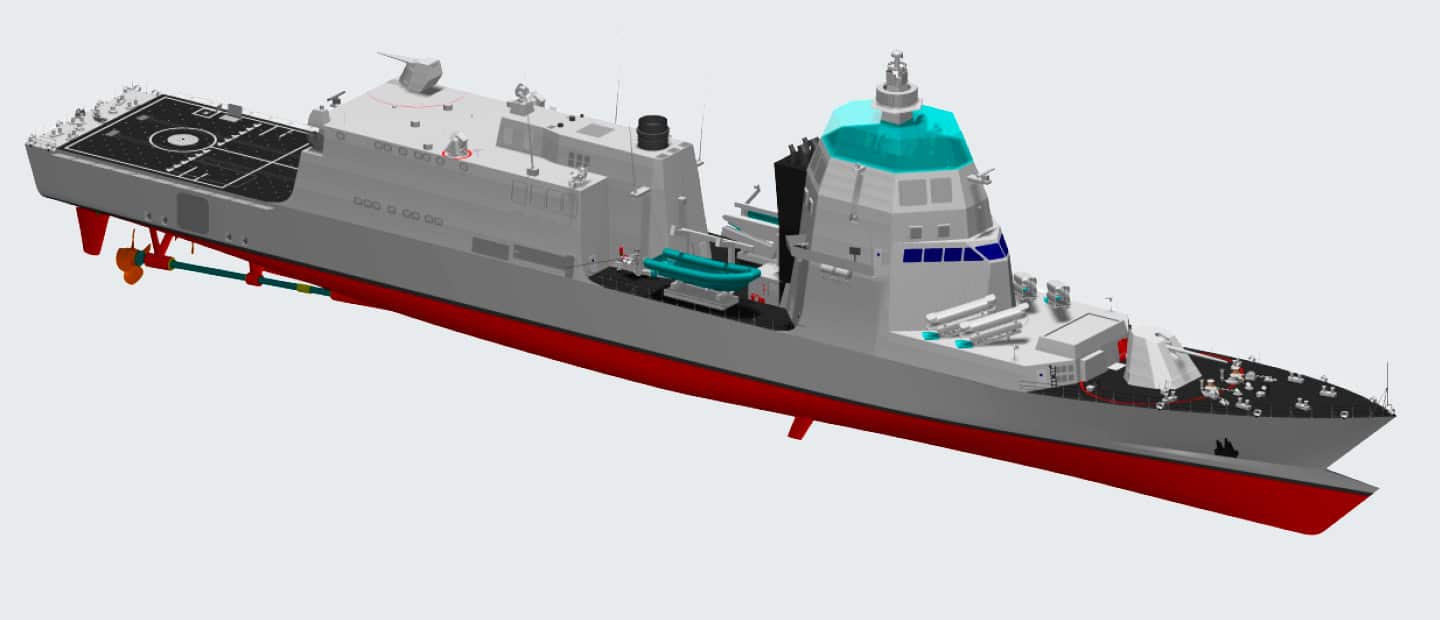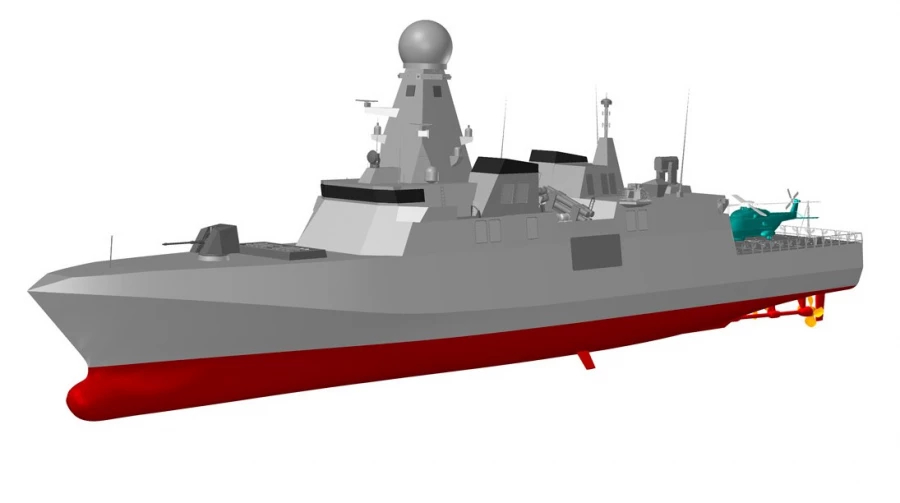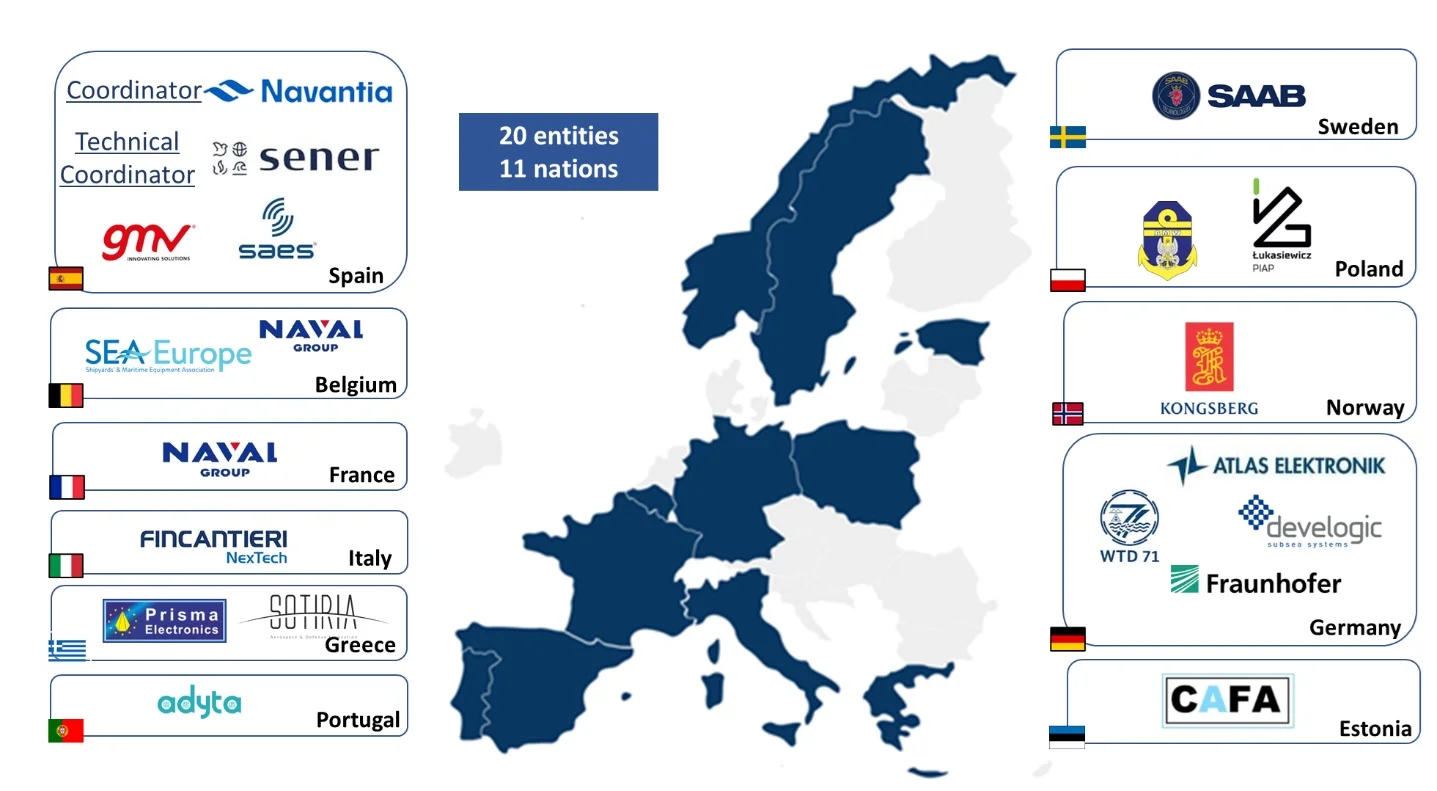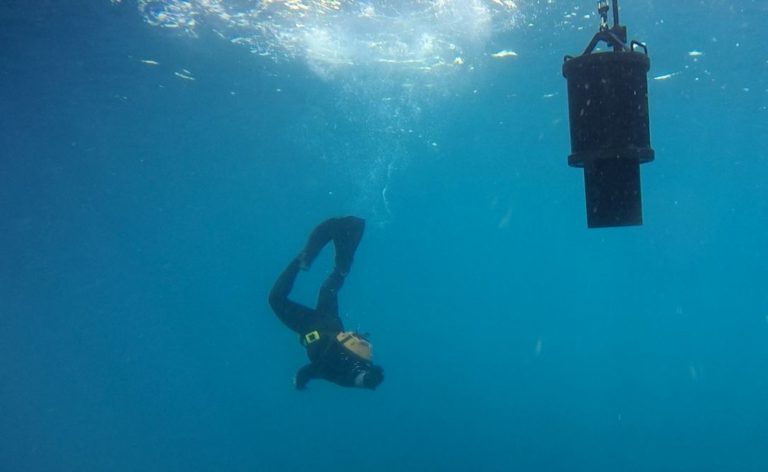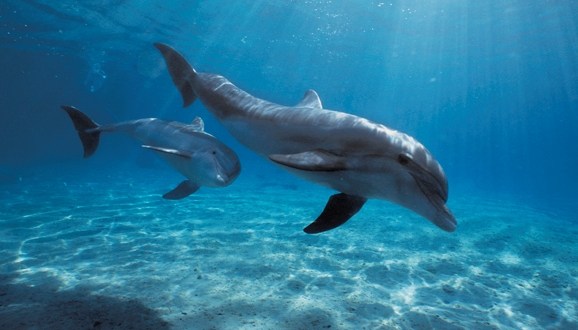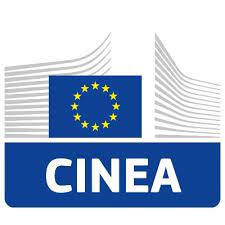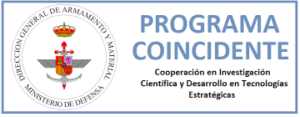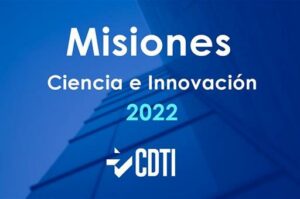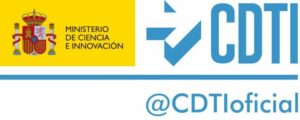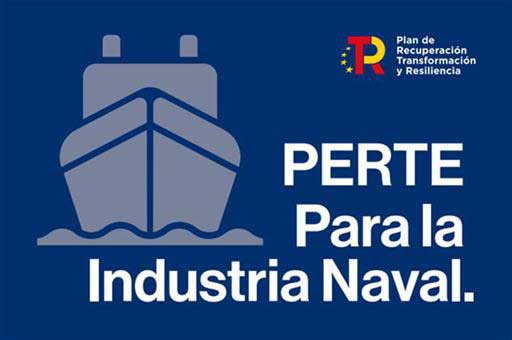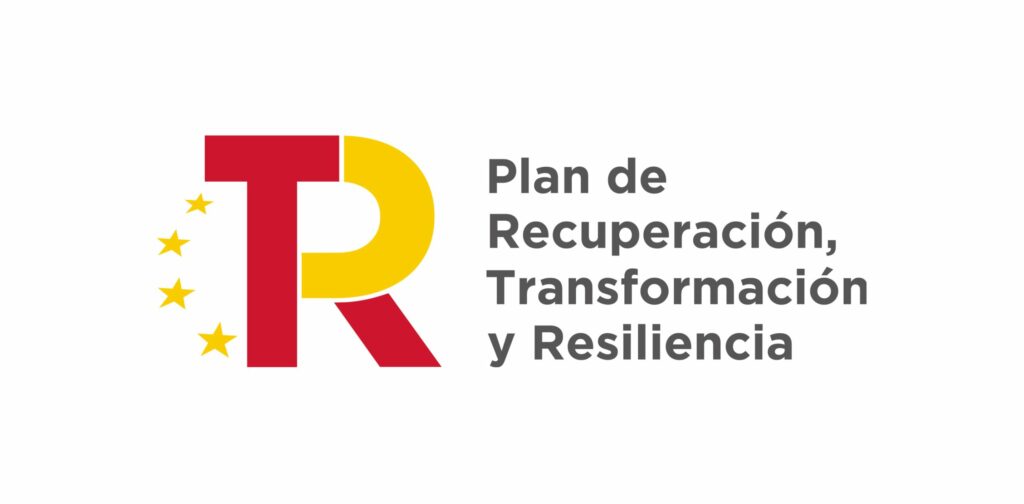Three of the studies are focused on the search for a function that allows to estimate the noise radiated to the sea by ships as a consequence of the vibrations existing in the ship hull. The other study analyzes the acoustic and non-acoustic underwater pollution produced by ships and other types of human activities on sea.
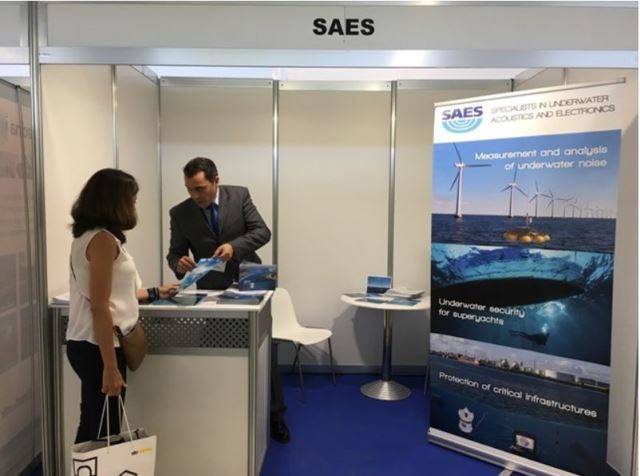 The studies have been presented at the 49th Spanish Acoustic Technician Congress in Cádiz, which was held simultaneously with Expoacoustic’18. SAES shown their products and services at the exhibition as the only reference in underwater acoustics in Spain.
The studies have been presented at the 49th Spanish Acoustic Technician Congress in Cádiz, which was held simultaneously with Expoacoustic’18. SAES shown their products and services at the exhibition as the only reference in underwater acoustics in Spain.
Collaboration between SAES and the University of Alicante.
The previously referred studies has been carried out between SAES and the University of Alicante and they were presented from 23th October to 25th.
First day the studies entitled “Vibroacoustic behavior of cylindrical containers in air” (16:50 h. ROOM 3) and “Vibroacoustic behavior of cylindrical containers in water” (Day 24. 17:10 h) were defended by Francisco Javier Rodrigo Saura, SAES specialist in signal analysis and processing, and also by the scientists of the University of Alicante Pedro Poveda Martínez, Jesús Carbajo San Martín, José M. Requena Plens and Jaime Ramis Soriano. In these works it was described the experimental procedure carried out to study the radiant behavior (in air and in water) of a semi-cylinder shape structure made of several materials. The level of vibration and sound pressure of the shapes were evaluated in a plane close to the source. These studies are necessary to extrapolate them to more complex geometries and thus be able to determine a relationship that allows to predict the noise radiated to the sea by a vessel as a consequence of the vibrations in the hull. This issue is studied more closely in the study “Quantification of acoustic noise radiated by ships through its hull” which was exposed on Day 26 at 9.30 in room 4.
On the other hand, on day 25 at 17.10 also in room 4 was be shown the paper “Analysis of pollution of acoustic and non-acoustic origin in marine environments” written by SAES engineers Esther Moya de Rivas, Francisco Javier Rodrigo Saura and Antonio Sánchez García.
This study deepens in the evaluation of the acoustic and non-acoustic underwater pollution, estimating the environmental impact at sea. In addition, real values are presented for the quantification of pollution due to the radiated energy. The measures were obtained in situ by MIRS system in campaigns of long duration.
The MIRS is the system used to measure the emissions of vessels.
The SAES Multi Influence Range System (MIRS) for surface vessels and submarines provides real influence measures (magnetic, electric, pressure, acoustic, and seismic) in a real and controlled scenario, to successfully counter related threats. MIRS is among the best systems in the world in its class and compared to fixed stations. A decisive advantage of the MIRS system is that, due to its portability, low weight, low power consumption and high performance, can obtain all signatures of the ship in different geographical locations.
MIRS is also a tool for testing and calibration of:
- Systems developed to reduce those influences as degaussing systems, ASG, etc.
- Systems developed for MCM as the mine sweeping systems.
MIRS has been primarily designed using Commercial Off The Self (COTS) components for maximum reliability at minimum cost
